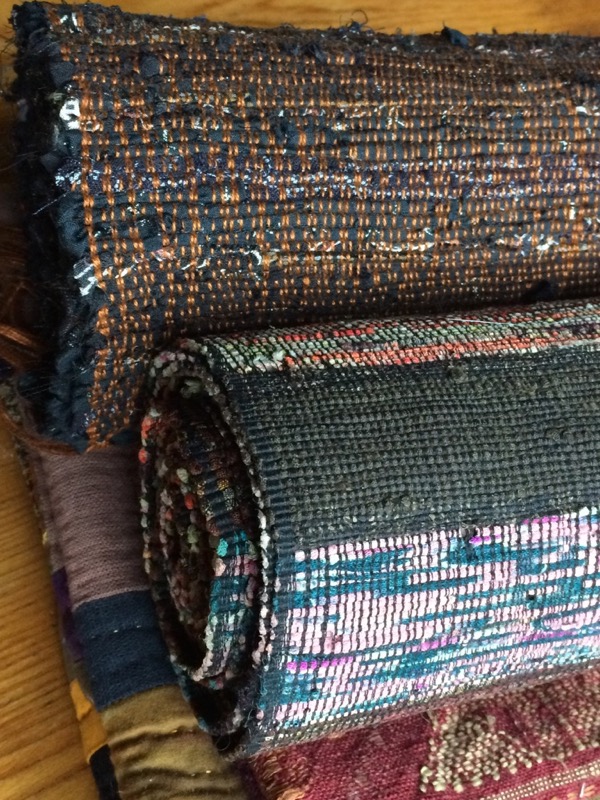Some unwonted, taught pride diverts us from our original intent,
which is to explore the neighborhood, view the landscape,
to discover at least where it is that we have been so startlingly set down, if we can’t learn why.
- Annie Dillard, Pilgrim at Tinker Creek
My sakiori (behind) with a traditional Japanese piece.
I read Annie Dillard and feel urgent, often. Her sense of duty is compelling, and it motivates me. But it motivates me to very minimal actions, since the imperative is, as I’ve mentioned before, to pay attention. To look, to see, to witness. In another passage, she writes of seeing a bird dive in free-fall before deftly landing on the grass: everyday, commonplace, and extraordinary. She concludes that “beauty and grace are performed whether or not we will or sense them. The least we can do is try to be there.”
So more often than not, her words compel me outdoors, as do Mary Oliver’s poems or Robin Wall Kimmerer’s essays on our participation in this world. Participating, as a seer, a person trying to have what Rilke called “the right eyes,” is a full-time occupation. Unless we get lazy and neglect our duties, which is easy to do. Easy to get pulled into online discussion or news, easy to binge-watch something as an escape from the arduous act of thinking. I try to increase the time away from such distractions (unless the online stuff is truly feeding a worthwhile train of thought, which happens.) I turn to Ursula LeGuin and her mother’s wonderful writings about Ishi, their tragically famous friend. I read David James Duncan and Robin Wall Kimmerer, Tim Ingold and Dr. Leticia Nieto. Most recently I read Elaine Pagels Why Religion?, a gift from my father-in-law who, as a Biblical scholar, has always been a fan.
They are all pointing down a similar road, leading away from colonialism and the old, destructive narratives that I somehow grew up with. I’ve been trying to dismantle that ideological box for a long time, and I keep finding new tools. But it is an uphill trek. For every sentence I manage to write here, there are countless thoughts and potential words swimming around, uncaught and fleeting. At any rate, I’m trying.
The sleying process. Reed is 8” wide, 22epi. (Ok, this photo was in the last post, but here it is again.)
My first project with the smaller bamboo reed that I made at home, on my own, is a sample of sakiori, a weaving made from torn up fabric. The weft is made of strips of kimono silk fabric. I’ve been preparing the strips for some time, and this is the warp I impulsively wound when I arrived home in December (last post.) It wove up quickly, and was finished in time to show friends in mid-January.
As with most of my weaving thus far, it is nothing more or less than an attempt to make a certain type of fabric, to see how it might be done with my backstrap loom situation. I’m pleased with the result, am interested to work with finer strips of fabric, and do not know what I will “do” with this piece at the moment.
Here’s the setup. Don’t be confused by the rolled up weaving on the floor beneath (extra sticks at the top of the photo.) This one has lease sticks, a fat shed stick, string heddles, two swords and a reed. I had to beat with the sword rather than the reed to get this packed nicely.
Need to work on tidying up that selvage, apparently… (actual Japanese weaving on left)






